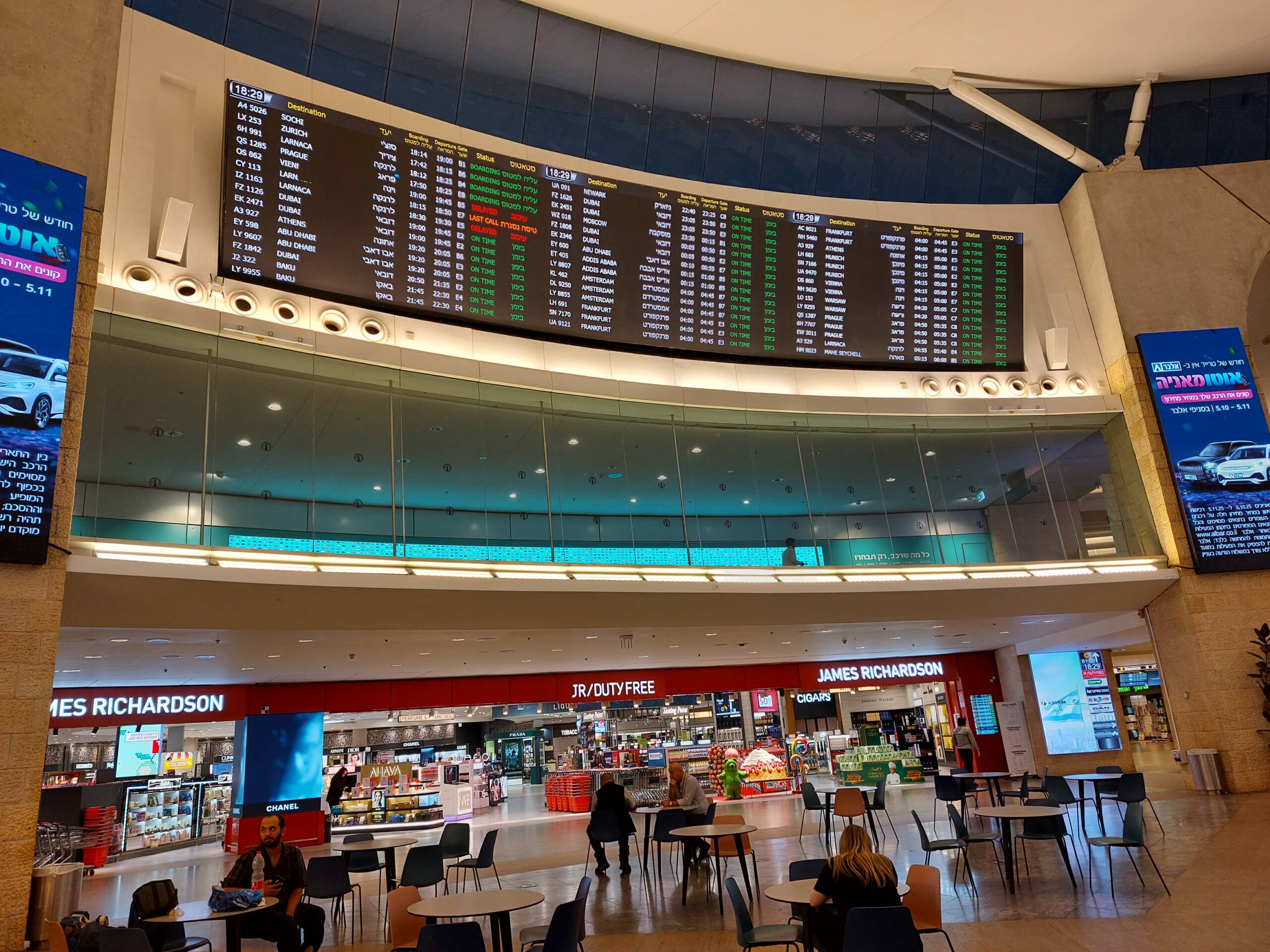There’s something almost comic in how quietly air travel shifts under our feet. One day you print your boarding pass at home, carefully fold it, slip it beside your passport, and the next day you’re told that piece of paper is basically obsolete. Ryanair has decided to lean fully into digital boarding passes now, nudging everyone into the app-and-QR-code routine. It isn’t packaged in poetry; it’s just the new expectation. And so the familiar ritual of smoothing out a crumpled printout in line becomes the new ritual of making sure your phone is charged, the app hasn’t logged you out, and your screen brightness isn’t embarrassingly low when the scanner refuses to cooperate.
What this doesn’t mean, despite some anxious headlines, is that anyone without a smartphone is now banned from flying. The older traveler who still writes phone numbers in a little notebook, who checks in online with the help of a family member or a neighbor, can still show up at the airport and get a boarding pass printed. The only thing that truly breaks the system is arriving without checking in online first—because that fee has been part of Ryanair’s script for years already. In other words, this isn’t a revolution so much as a continuation of a trend that’s been happening quietly since airlines realized they could shift the little administrative tasks to passengers themselves.
There’s a kind of nostalgia around the disappearance of the paper boarding pass. Not because it was beautiful—usually it was thin and wrinkled and easy to lose—but because it felt physical, something you could tuck into a book after a trip and rediscover months later. A small receipt of having gone somewhere. Now that memory gets replaced by… nothing really. A screenshot buried in your phone gallery between grocery lists and screenshots of memes. It’s the same journey, just less tangible. We traded clutter for convenience, even when the convenience sometimes glitches.
Yet, if we’re honest, the experience of Ryanair travel remains exactly what it always was: a long queue that starts before it needs to, a bit of controlled chaos at the gate, the thrill of stepping onto the aircraft steps in the open air, the cheap ticket that made the whole idea of going somewhere feel accessible. The shape of the boarding pass may have changed, but the feeling of lift-off—your seat vibrating, the ground shrinking, the sudden realization that you are actually leaving—stays the same. The paper was never the journey. It was just the bookmark.
There’s a funny kind of irony in the photo. The giant departures board glowing in Ben Gurion Airport, rows of gates feeding every direction of the compass: Larnaca, Frankfurt, Vienna, all the usual suspects flickering in their green status codes. Below it, the familiar red stripe of the duty-free shop that every traveler ends up wandering through half-awake, half-bored, half-hoping to find a miracle snack that costs less than a sandwich downtown. People sit alone or in pairs at plastic tables, eyes on screens, luggage hugged close. It’s a scene so ordinary for anyone who has flown through Tel Aviv that it feels almost like déjà vu.

And yet, the airline I was writing about—Ryanair—doesn’t fly here anymore. They packed up and left the Israeli market some time ago, taking with them those famously cheap fares that once made a spontaneous trip to somewhere Mediterranean feel like buying a bus ticket. In retrospect, it almost feels like a breakup no one quite processed. One of those “we’ll see each other again, maybe” situations that actually meant “no, we won’t.” And now I’m here, talking about digital boarding passes in a terminal where Ryanair has become a ghost of a flight schedule that used to exist. Big mistake. Very big. Huge.
Leave a Reply